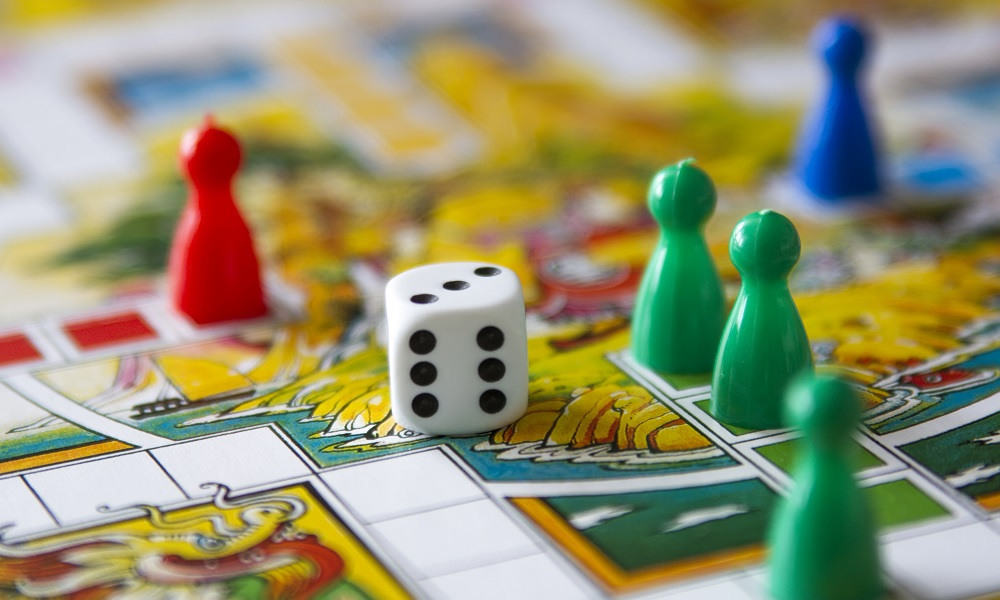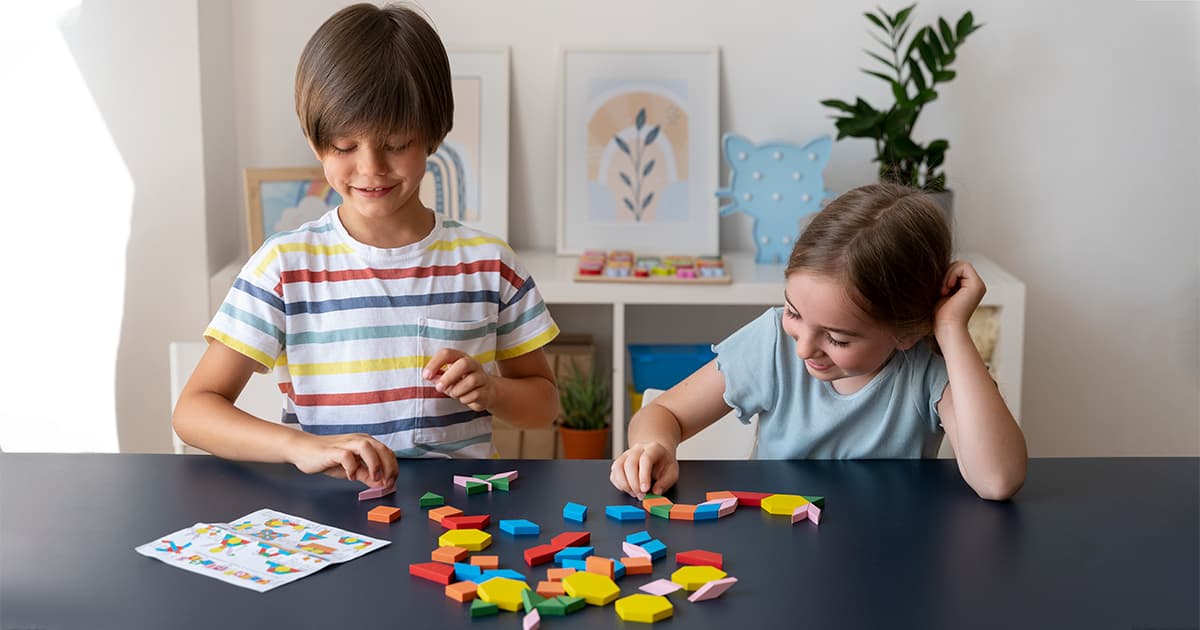
Beyond Fun: The Unexpected Benefits of Game-Based Learning
Forget lectures and rote memorization. Education is about to get a whole lot more engaging. Imagine a classroom where students are actively participating, solving problems, and having fun – all while learning valuable skills and knowledge. This isn’t a dream; it’s the reality of game-based learning (GBL).

What is game-based learning?
Game-based learning (GBL) is a way of teaching that uses games and game-like elements to make learning more engaging and effective. It’s not just about playing any old video game though! Here’s the gist:
- Core Idea: Take elements that make games fun and motivating, like points, challenges, and competition, and apply them to educational activities.
- Learning Through Play: Students learn by actively participating in the game, solving problems, and making decisions.
- Not Just Digital: GBL can be digital (educational apps, computer games) or non-digital (board games, simulations).
The goal is to make learning more enjoyable and help students retain information better. Sounds fun and effective, right?
Top 10 Game-Based Learning Ideas for Teaching English:

While there’s no definitive “top 10,” here are some creative and effective game-based learning approaches for teaching English:
Digital Game-based Learning:
Educational Apps & Websites: Utilize apps and websites with interactive games that target specific grammar, vocabulary, or pronunciation skills. Look for features like points, badges, and leaderboards to keep students motivated. (Examples: Duolingo, Memrise)
Educational Simulations: Immerse students in virtual worlds where they can practice English in real-life scenarios. Imagine games where they have to order food at a restaurant or ask directions on the street.
Vocabulary Building Games: Use online games like crosswords, hangman, or word scrambles to make learning new vocabulary fun and interactive.
Escape Room Games: Design online or offline escape rooms where students have to solve puzzles and answer questions in English to “escape.” This encourages teamwork and critical thinking.
Non-Digital Game based Learning:

Board Games: Classic board games like Scrabble or Boggle can be a fantastic way to practice spelling and vocabulary. There are also English-learning specific board games available.
Card Games: Create custom flashcards with vocabulary or grammar points on one side and definitions or sentence examples on the other. Students can play memory games, go fish, or create their own card games using these.
Role-Playing Games: Set up scenarios where students have to role-play different characters and have conversations in English. This could be anything from a job interview to ordering coffee at a cafe.
Charades & Pictionary: These classic games are perfect for practicing vocabulary and descriptions. Students can act out words or phrases related to a particular topic.
Minute-to-Win-It Games: Design quick and engaging games that get students moving and practicing English. Examples include describing objects in one minute or finding as many words as possible that start with a specific letter in a set time limit.
Storytelling Games: Start a story together as a class, with each student adding a sentence or two in English. This is a fun way to practice grammar and sentence structure in a creative context.
See also:
Flipped Classroom Creation Guide: A Roadmap to Success
Benefits of Game Based Learning:

Boosted Engagement: Games tap into our natural desire for challenge, competition, and accomplishment. Points, badges, leaderboards, and storylines all contribute to a more captivating learning experience, fostering a deeper interest in the subject matter.
Enhanced Knowledge Retention: Unlike passive learning methods, GBL throws students into the thick of things. They actively participate, solve problems, and make decisions within the game’s framework. This active learning approach leads to better information retention and a deeper understanding of concepts.
Skill Development Powerhouse: GBL goes beyond rote memorization. Many games require critical thinking, decision-making, problem-solving, and strategic planning. Additionally, collaborative games can hone communication and teamwork skills.
Safe Space for Exploration: Games provide a safe environment to experiment and make mistakes without real-world consequences. This allows students to take risks, learn from failures, and improve their skills in a low-pressure setting.
Personalized Learning Potential: Some games can adapt to the player’s skill level, offering challenges that are neither too easy nor too difficult. This personalized approach caters to individual learning styles and paces, ensuring students are neither bored nor overwhelmed.
Motivation Magic: Games can intrinsically motivate students. The sense of accomplishment, progress, and even healthy competition can fuel their desire to keep learning and improving. This intrinsic motivation is far more powerful than external pressures.
Challenges of Game-Based Learning:
Game-based learning (GBL) is a powerful tool, but it’s not without its hurdles. Here’s a look at some of the key challenges to consider:
Development Cost: Creating high-quality educational games, particularly digital ones, can be expensive and time-consuming. This can be a barrier for educators and institutions with limited resources.
Alignment with Learning Objectives: Not all games are created equal for educational purposes. It’s crucial to choose games that effectively align with your specific learning goals and curriculum. A fun game might not be effective if it doesn’t teach the intended concepts.
Assessment: Measuring learning outcomes from games can be trickier than traditional methods like tests. Developing effective assessments that gauge what students learned through the game requires careful planning.
Screen Time Concerns: Finding the right balance between digital games and other learning activities is important. Excessive screen time can have drawbacks, so it’s best to use GBL strategically alongside other methods.
Teacher Training & Support: Teachers may need training and support to effectively integrate GBL into their classrooms. This includes understanding how to choose appropriate games, facilitate gameplay, and assess learning outcomes.
Accessibility Considerations: Not all games are accessible to students with disabilities. It’s important to ensure chosen games have features that allow all students to participate and learn effectively.
Engagement Can Wane: The novelty of a game can wear off over time. It’s important to have a variety of GBL experiences and to clearly connect the game to the broader learning objectives to sustain engagement.
While these challenges exist, they can be overcome with careful planning and thoughtful implementation. By acknowledging these hurdles and finding creative solutions, educators can leverage the power of game-based learning to create a dynamic and enriching learning environment for their students.
